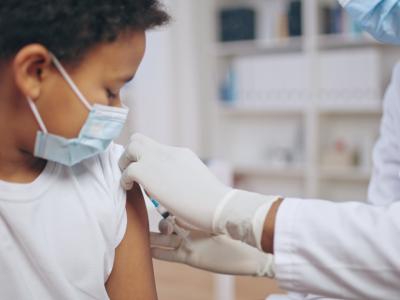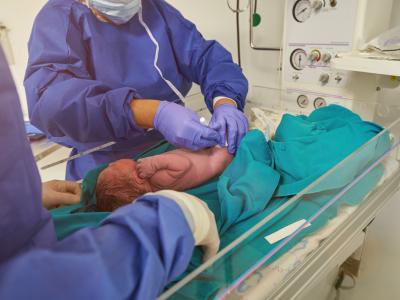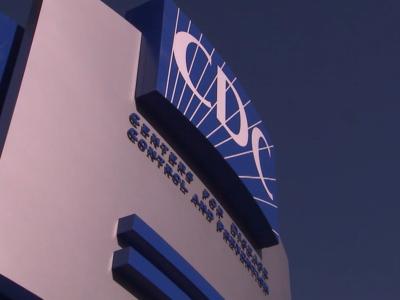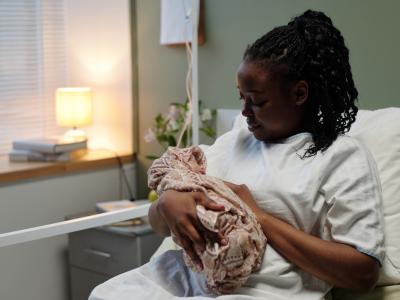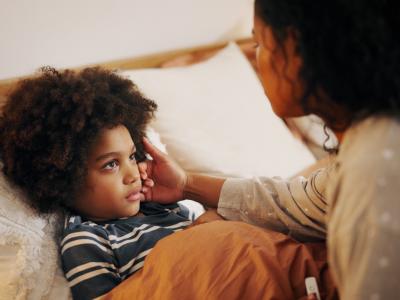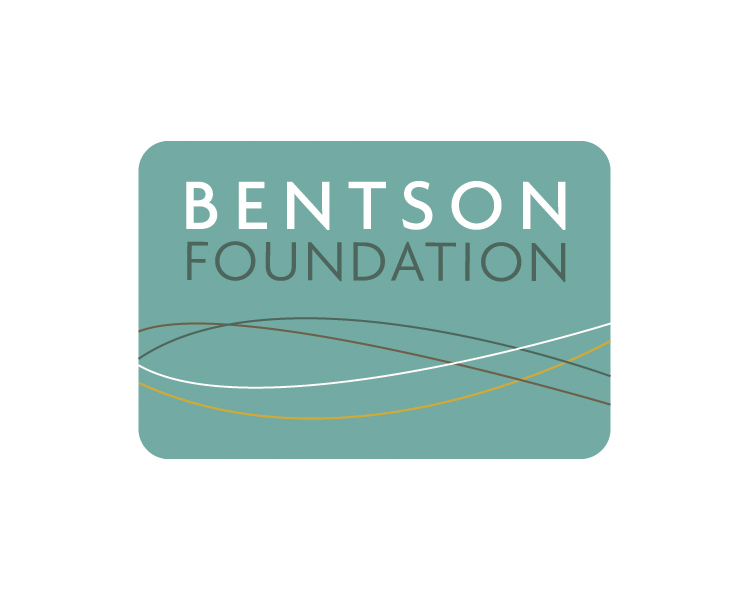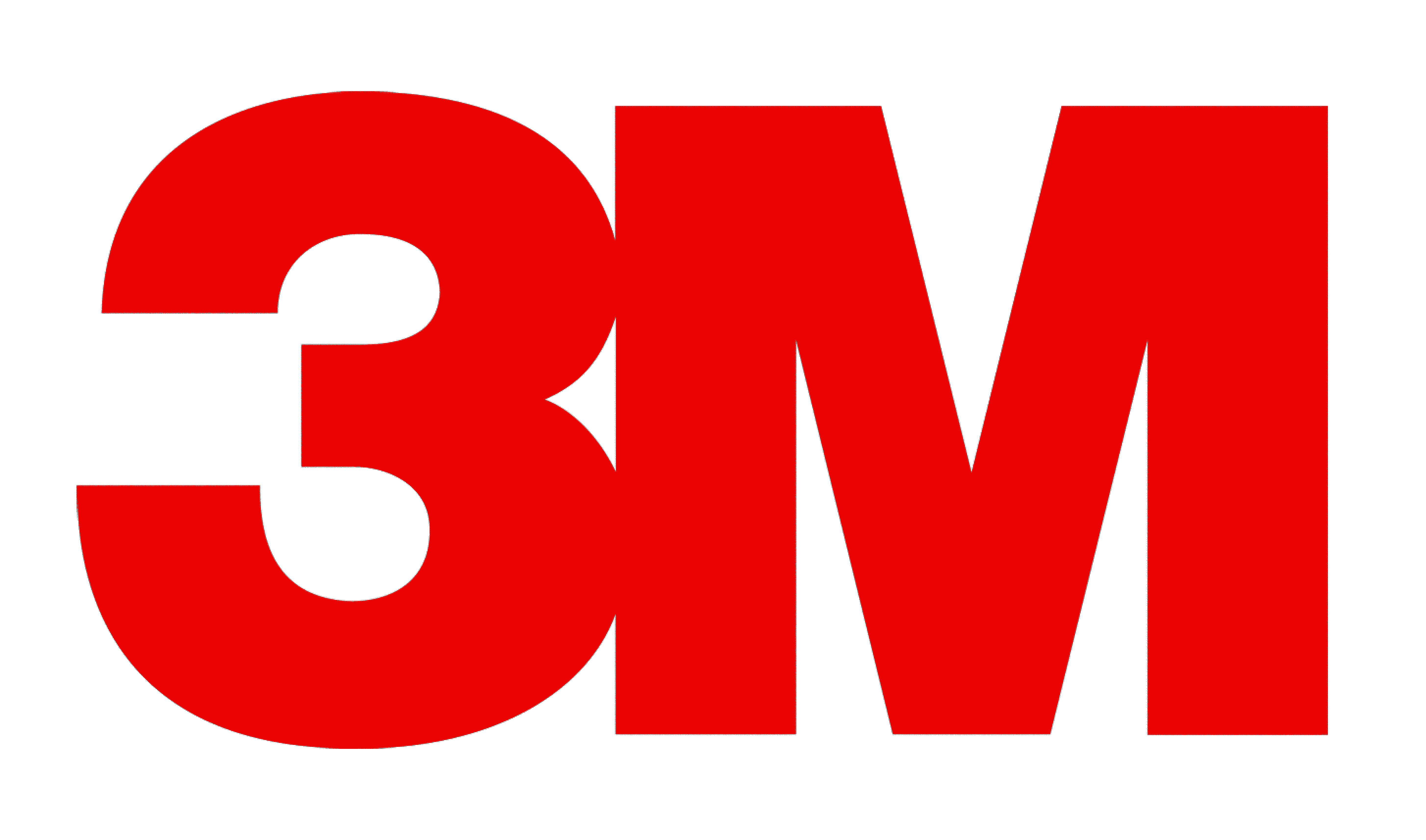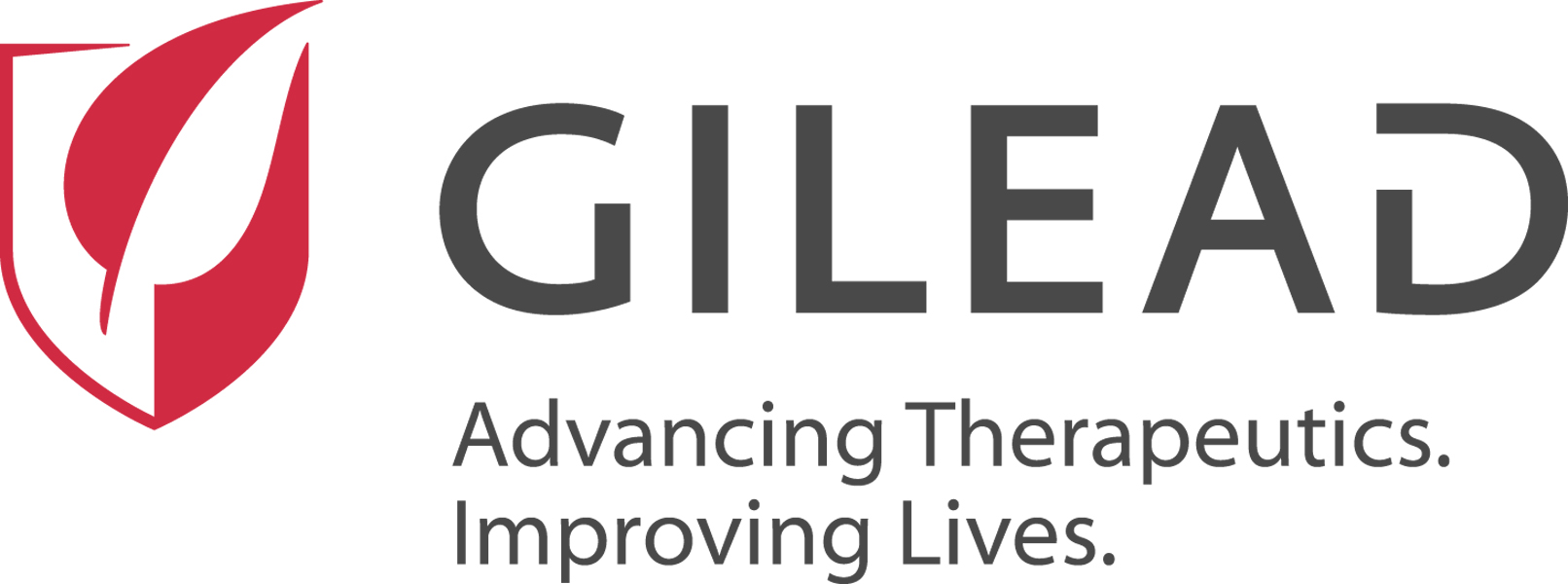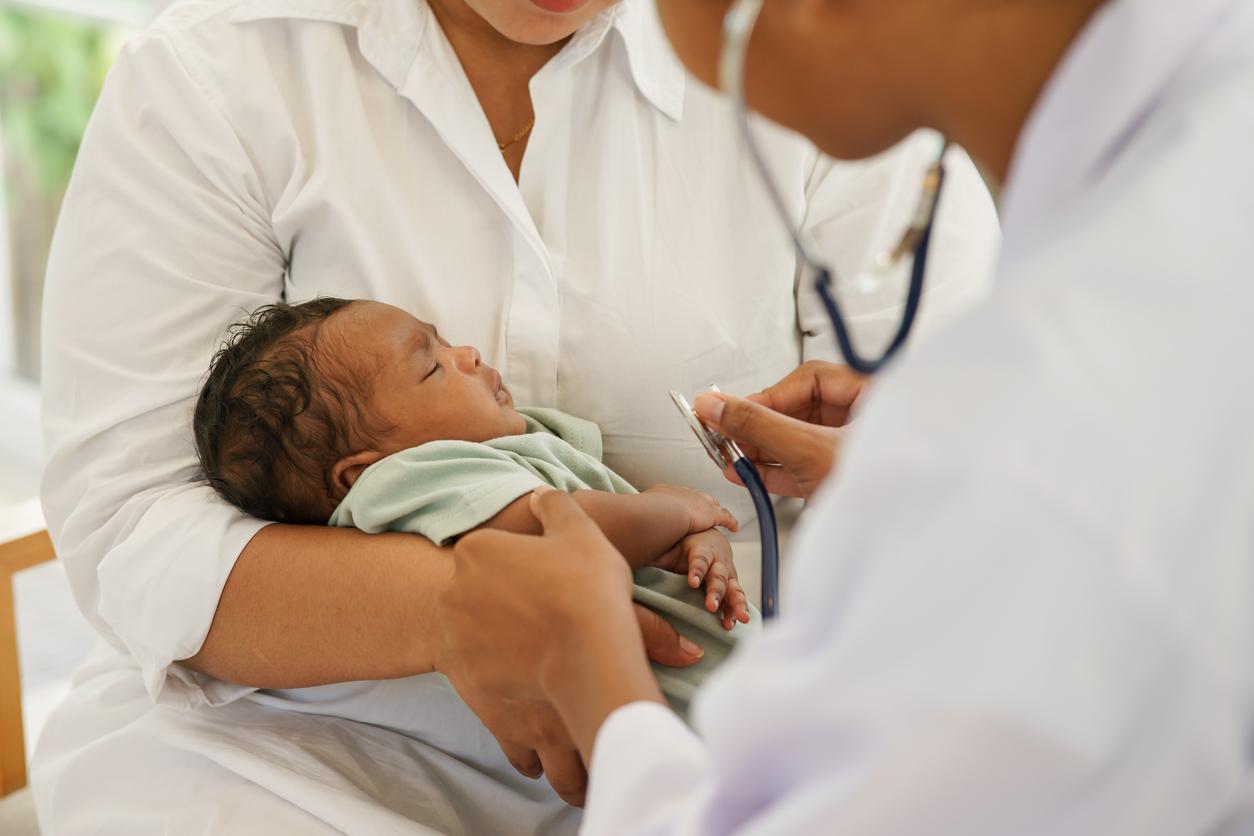
Cost-effectiveness of the two respiratory syncytial virus (RSV)-prevention interventions for newborns—maternal vaccination and use of the long-acting monoclonal antibody nirsevimab (Beyfortus) in infants—may depend on timing of administration, University of Utah researchers report in JAMA Network Open.
The team modeled the cost-effectiveness, efficacy, and clinical outcomes of maternal vaccination, nirsevimab administration, and no intervention from a societal perspective, applying a willingness-to-pay threshold of $150,000 per quality-adjusted life-year (QALY). Data were collected from October 2023 to June 2024 on 299,277 US infants born during the virus season.
The maternal vaccine can be administered at a gestational age of 32 to 36 weeks from September through January, and if the pregnant mother wasn't vaccinated, nirsevimab can be given to the infant.
Differences in uptake, costs, and efficacy between these agents may affect cost-effectiveness depending on the timing of administration.
"The Advisory Committee on Immunization Practices and the Centers for Disease Control and Prevention recommend seasonal administration of maternal vaccine (MV) or nirsevimab to protect infants in the first year of life from respiratory syncytial virus (RSV) infections," the study authors wrote. "Differences in uptake, costs, and efficacy between these agents may affect cost-effectiveness depending on the timing of administration."
Limiting use to certain months
For RSV hospitalization, initial effectiveness was 67.9% for maternal vaccination and 76.8% for nirsevimab. For RSV outpatient infection, the initial effectiveness was 48.2% for maternal vaccination and 78.0% for nirsevimab.
For infants born in the combined cohort (October-February), maternal vaccination was cost-effective, at $19,562/QALY. Compared with maternal vaccination, nirsevimab was cost-effective only in October ($67,178/QALY) and November ($88,531/QALY).
Maternal vaccination was projected to avert 45,558 outpatient visits, 7,154 hospital admissions, and 12 deaths during the RSV season, while nirsevimab was predicted to prevent 92,265 outpatient visits, 11,893 hospitalizations, and 19 deaths. The odds of cost-effectiveness were 19.8% for no intervention, 62.2% for maternal vaccination, and 18.0% for nirsevimab.
"Intervention use may be optimized by restricting administration to select months," the researchers wrote. "Further study is needed to assess transmission dynamics to refine cost-effectiveness outcomes."


